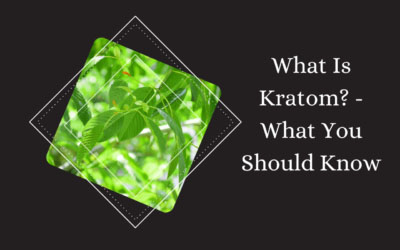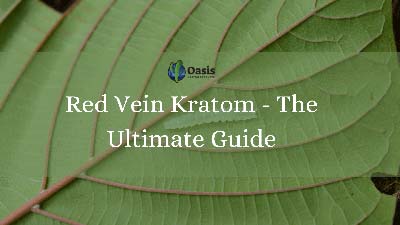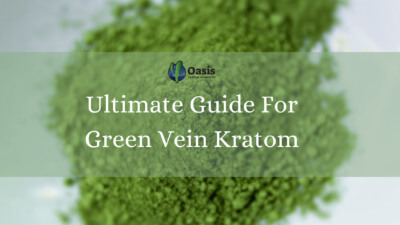Kratom is an herb but it faces a lot of legal issues worldwide. Here in the United States, kratom is legal on a federal level. However, each state has the right to banned kratom. There is a lot you need to understand when it comes to Kratom and drug scheduling in the USA. There have been attempts in the past to schedule kratom on a nationwide level, but the DEA swiftly removed their motion to banned kratom when they saw the support it was receiving.
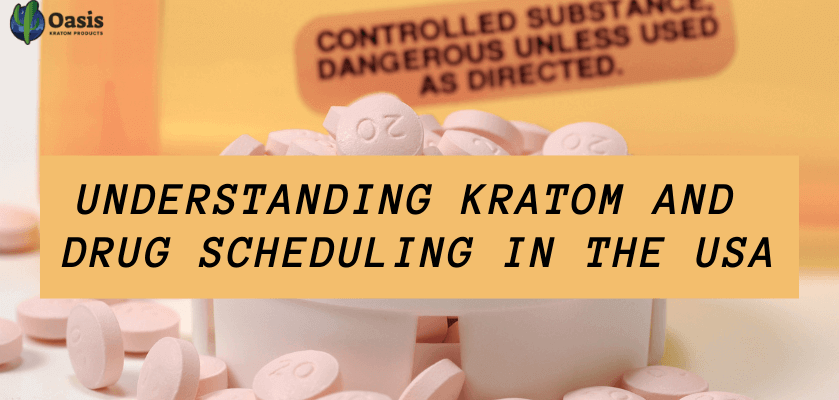
There is a huge possibility that kratom may become a controlled substance here in the United States. For this to happen the government has a lot of work ahead of them. However, as a consumer, it is important that you understand what each drug schedule means. This will allow you to see where kratom may fall in the realm of scheduling.
There are 5 schedules and no matter what type of drug or substance you are dealing with; it will fall into one of these categories. When a substance is scheduled, it becomes a controlled substance. However, consumers fail to realize that not all schedules are bad.
Let’s take a closer look at kratom and the scheduling of drugs in the United States.
What Is CSA?
CSA is short for the Controlled Substance Act. This act contains an outline of 5 different schedules a substance can fall into. When assessed a compound, drug, or substance can be given a CSA schedule according to the following criteria:
- Medical Benefit – Can the substance be used to help a medical condition?
- Abuse Potential – Does the substance have the potential for abuse?
- Safety – Is the substance safe to be used short-term or long-term?
- Dependence – Does the substance have the potential to cause dependency?
Once the substance has been evaluated it will be placed in one of the 5 schedules according to the criteria that it meets. Schedule I are compounds that have the highest risk of abuse and they do not have any type of medical benefit according to the assessment that has been made. Schedule V has a low potential to be abused and can be offered by prescription.
Controlled Substance Schedules
To understand the different schedules that make up the CSA we must understand each individually. Here we will go over each of the 5 schedules and what type of drugs fall into each category. By the end, you will have a good understanding of the Controlled Substance Act and the scheduling of drugs.
Schedule I Controlled Substance
Schedule I drugs are substances that do not have a medical purpose (at least in the government’s eyes). Also, these drugs have the highest potential for abuse. They have been deemed as unsafe for clinical trials, and are likely to cause a user to become dependent on the substance.
However, you have to ask yourself why marijuana is still considered a Schedule I Controlled Substance when it has proven medical benefits. With more time perhaps this substance will make its way off the Schedule I list.
Drugs are added to this scheduling because:
- High risk for abuse.
- There is no medical treatment within the USA that the drug could be used for.
- Safety is questionable even when under the care of a doctor.
Schedule I Controlled Substances Include:
- Heroin (diacetylmorphine)
- LSD (Lysergic acid diethylamide)
- Marijuana (cannabis, THC)
- Mescaline (Peyote)
- MDMA (3,4-methylenedioxymethamphetamine or “ecstasy”)
- GHB (gamma-hydroxybutyric acid) – except for formulations in an FDA-approved drug product sodium oxybate (Xyrem) is Schedule III
- Ecstasy (MDMA or 3,4-Methylenedioxymethamphetamine)
- Psilocybin (“magic mushrooms”)
- Synthetic marijuana and analogs (Spice, K2)
- Methaqualone (Quaalude)
- Khat (Cathinone, Cathine)
- Bath Salts (3,4-methylenedioxypyrovalerone or MDPV)
Schedule II Controlled Substance
Schedule II substances share similarities to Schedule I drugs, as they too have a high risk of abuse. However, the substances on this list have some medical uses according to the government, even though they do have some potential for dependency.
Schedule II substances will include some prescription medications that possess side effects that could be categorized as moderate to severe.
Schedule II Controlled Substances Include:
- Adderall
- Codeine
- Fentanyl
- Hydrocodone
- Methadone
- Methamphetamine
- Morphine
- Opium
- Ritalin
As we go through the different schedules you will be able to see how each was determined. Schedule I substances have no medical purpose. Schedule II substances can be prescribed to help with specific medical conditions even though they do bear the risk of dependency and side effects.
Schedule III Controlled Substance
As we progress through the different schedules it is easy to see how and why different drugs were placed in their named schedule. Schedule III drugs will bear a low potential for abuse and dependency. They are not as controlled as Schedule II prescribed substances. However, you will still need a prescription from your medical physician to get a Schedule III drug.
Schedule III Controlled Substances Include:
- Anabolic steroids
- Ketamine
- Suboxone
- Testosterone
- Vicodin
Schedule IV and V Controlled Substances
There is not a lot of difference between Schedule IV and V. All substances on this list have a low potential for abuse, dependency, and have some medical benefits.
Schedule IV controlled substances include:
- Ambien
- Ativan
- Tramadol
- Valium
- Xanax
Schedule V controlled substances include:
- Cough syrup formulations containing less than 200mg of codeine
- Lomotil
- Lyrica
- Motofen
- Parepectolin
What Does All This Mean For Kratom?
Of course, most kratom enthusiasts would argue that kratom does not belong on the Control Substance List. However, it’s important to understand that kratom is not regulated by the DEA (Drug Enforcement Agency – in control of the CSA schedules) or the FDA (Federal Drug Administration – regulates all other substances). Because of this, there is loads of room for fakes and scams to occur in the kratom market.
Regulation is not a bad thing. With the proper regulations in place, higher quality products can be produced. In the kratom industry, third-party lab testing is the only thing that can prove the quality and purity of a product. A lot of vendors who offer kratom do not conduct lab testing. So, you have to be extremely cautious where you buy kratom. You only want to use vendors who do offer lab testing. Otherwise, you may not know what you are getting.
For now, kratom remains as it is. Eventually, it will probably make its way into one of the 5 schedules. This will hopefully help improve the market rather than cause a nationwide ban on kratom. The most important thing a kratom user can do is offer your support to the American Kratom Association. This organization has set standards for the kratom industry and will continue to fight against kratom bans.



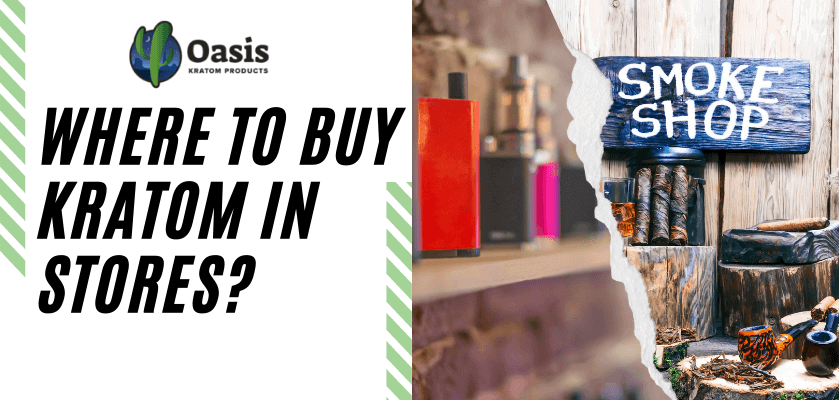 Where To Buy Kratom In Stores?
Where To Buy Kratom In Stores?
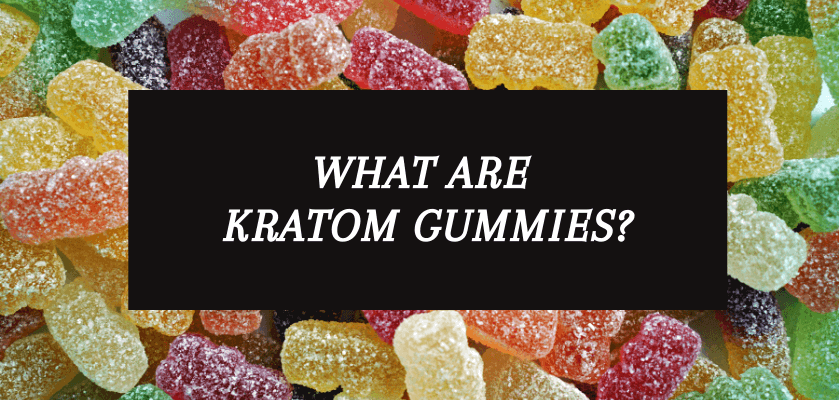 What Are Kratom Gummies?
What Are Kratom Gummies?
